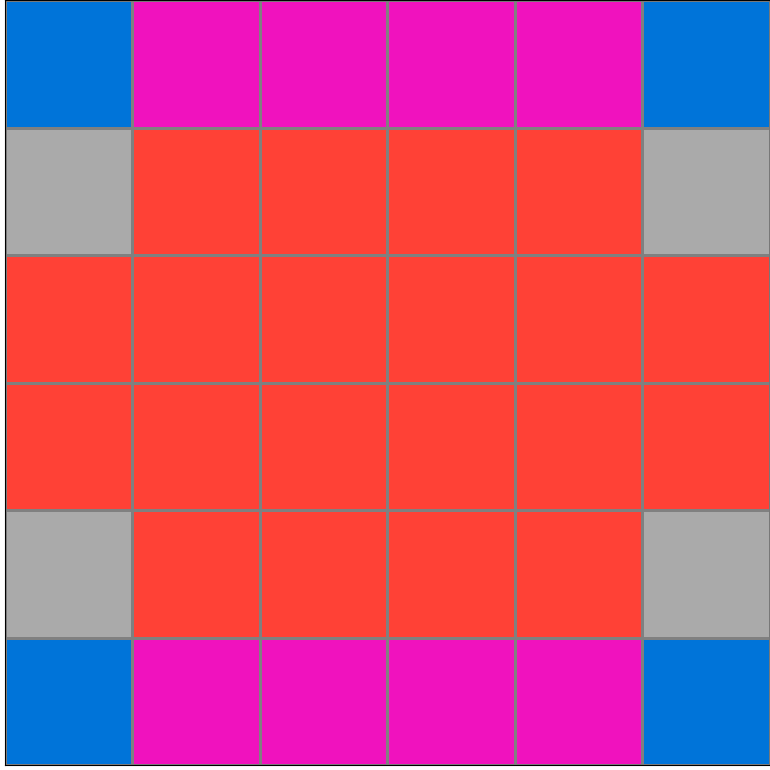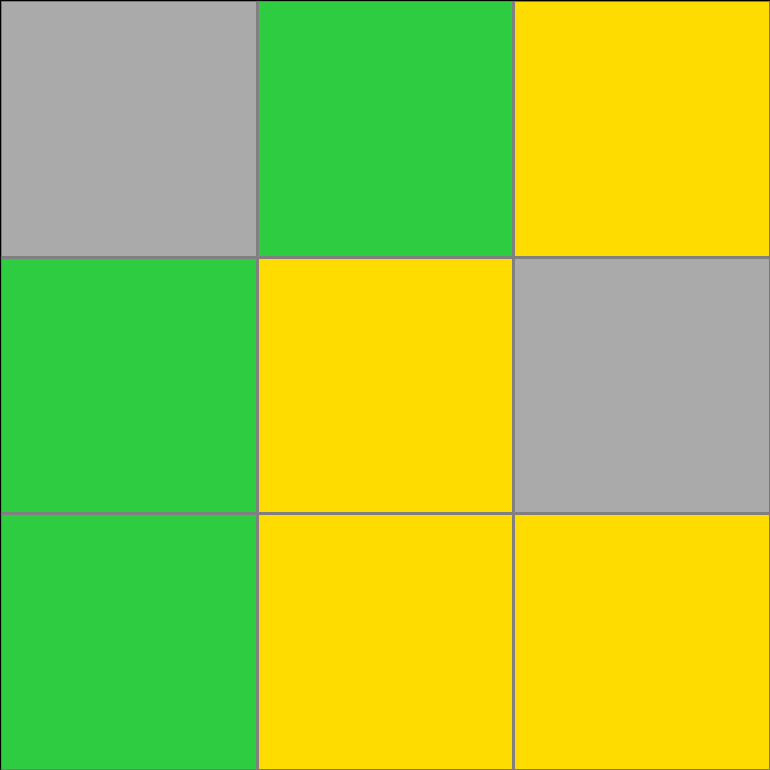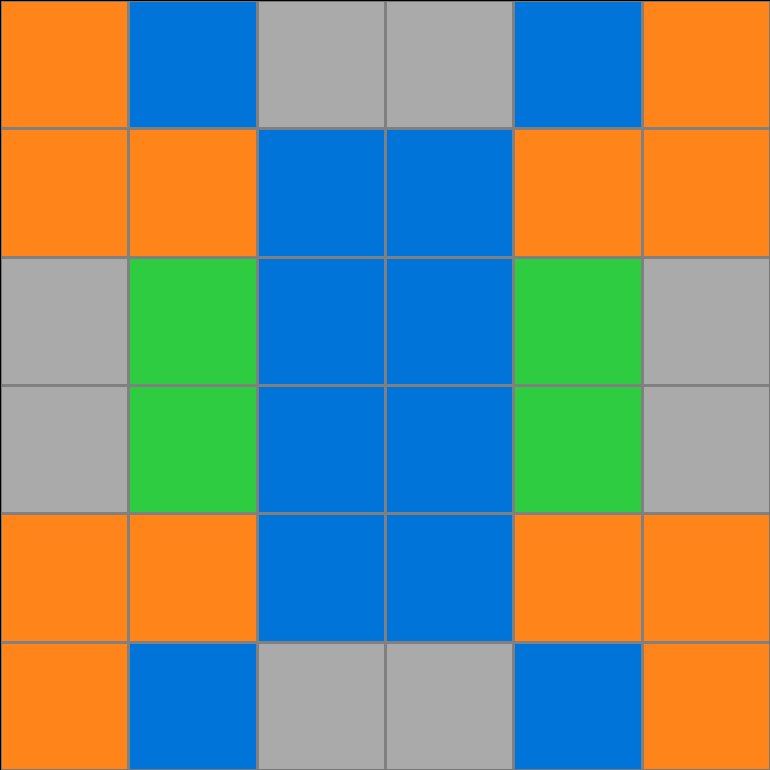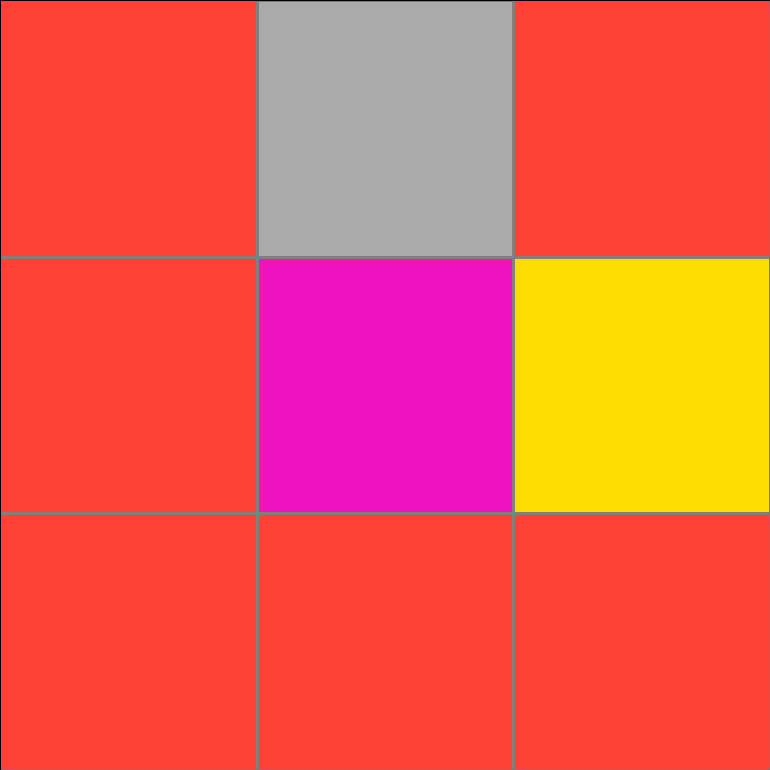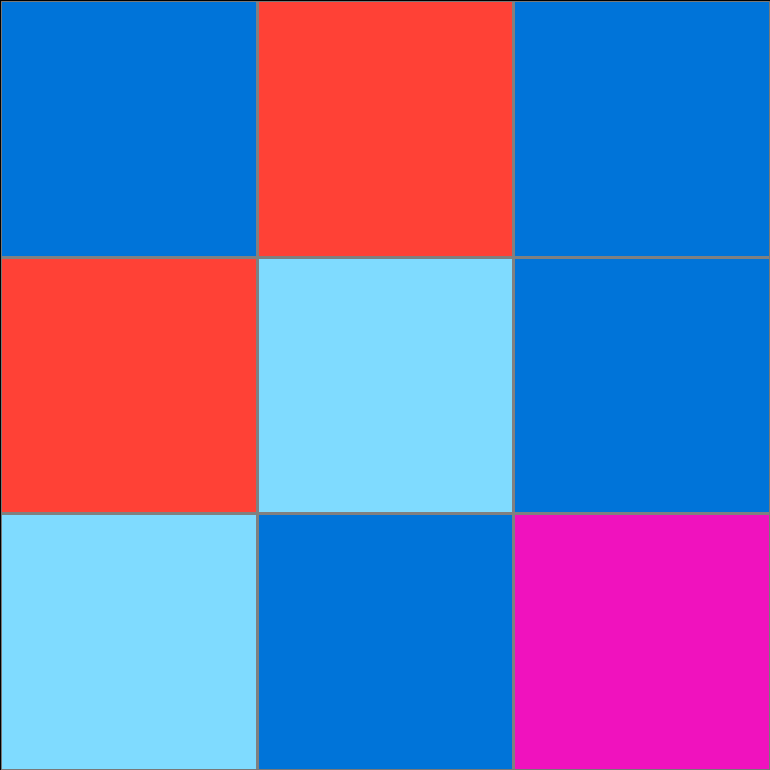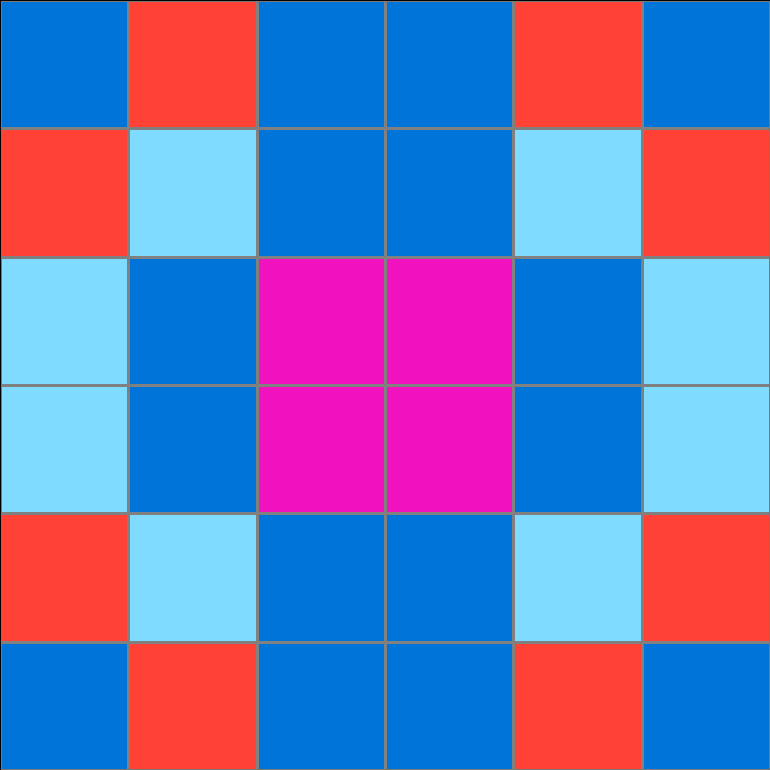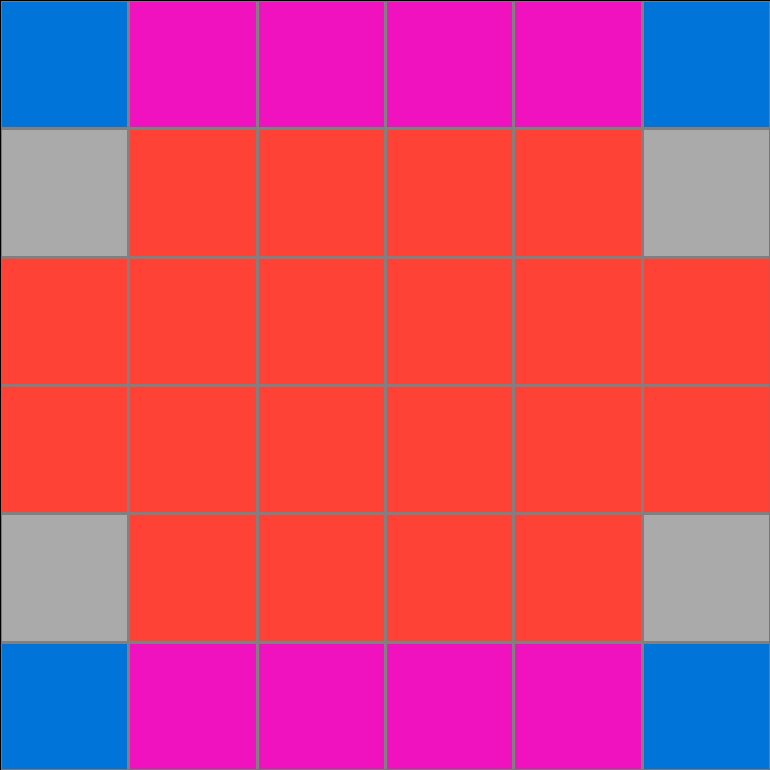Participant 1
Initial description: The initial 3x3 grid is a reference to the output 6x6 grid. The boxes on the 3x3 input grid are perfectly mirrored on the bigger 6x6 grid which would create a perfectly symmetrical output.
Final description: The initial 3x3 grid is a reference to the output 6x6 grid. The boxes on the 3x3 input grid are perfectly mirrored on the bigger 6x6 grid which would create a perfectly symmetrical output.
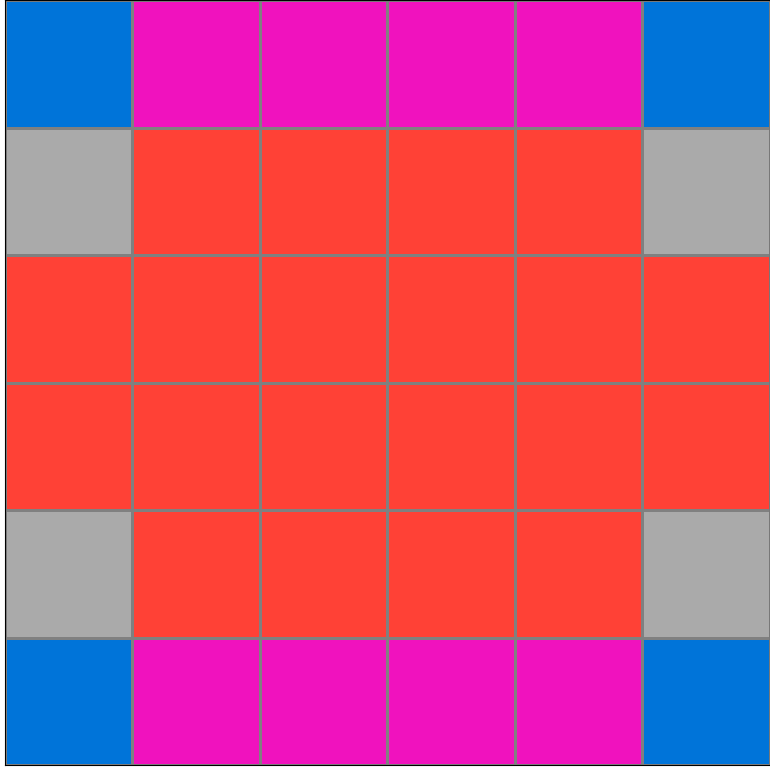
Participant 2
Initial description: I copied hte same color design filled blocks as the input but in all four corners flipping to face the original.
Final description: I copied the original input design into all four corners of the output and flipped the position.

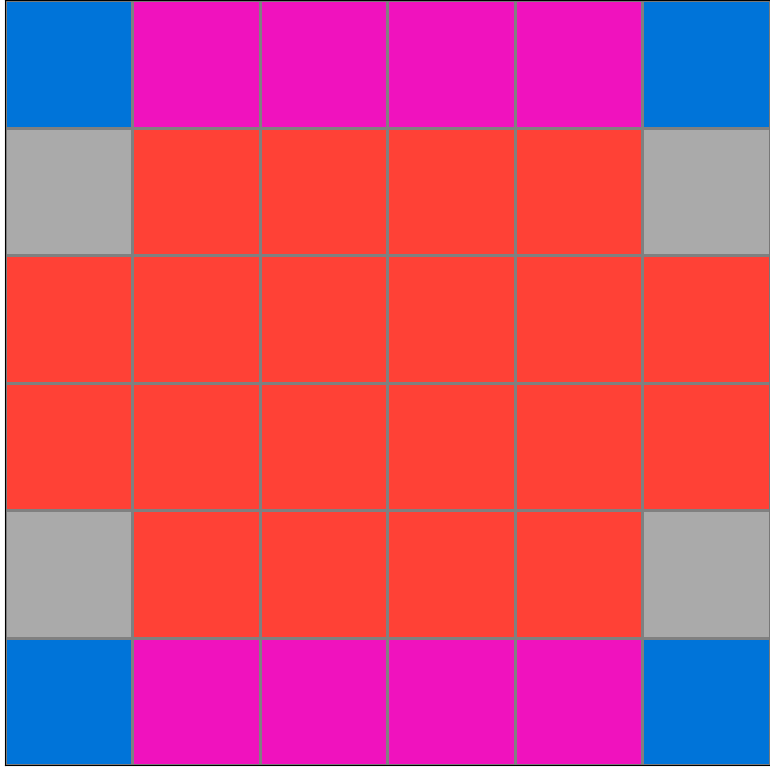
Participant 3
Initial description: The input is a 3x3 grid of colored squares. The output is a 6x6 grid where the upper-left 3x3 portion is a copy of the input grid. The upper-right portion is a copy of the input mirrored horizontally. The lower-left portion is a copy of the input mirrored vertically. FInally, the lower-right is a copy of the input mirrored both horizontally and vertically.
Final description: The input is a 3x3 grid of colored squares. The output is a 6x6 grid where the upper-left 3x3 portion is a copy of the input grid. The upper-right portion is a copy of the input mirrored horizontally. The lower-left portion is a copy of the input mirrored vertically. FInally, the lower-right is a copy of the input mirrored both horizontally and vertically.

Participant 4
Initial description: Mirror the 3x3 pattern vertically, then mirror that horizontally, in a 6x6 grid.
Final description: Mirror the 3x3 pattern vertically, then mirror that horizontally, in a 6x6 grid.

Participant 5
Initial description: It seems that the grid is made of up four mirrored images of the test input, in each corner.
Final description: It seems that the grid is made of up four mirrored images of the test input, in each corner.
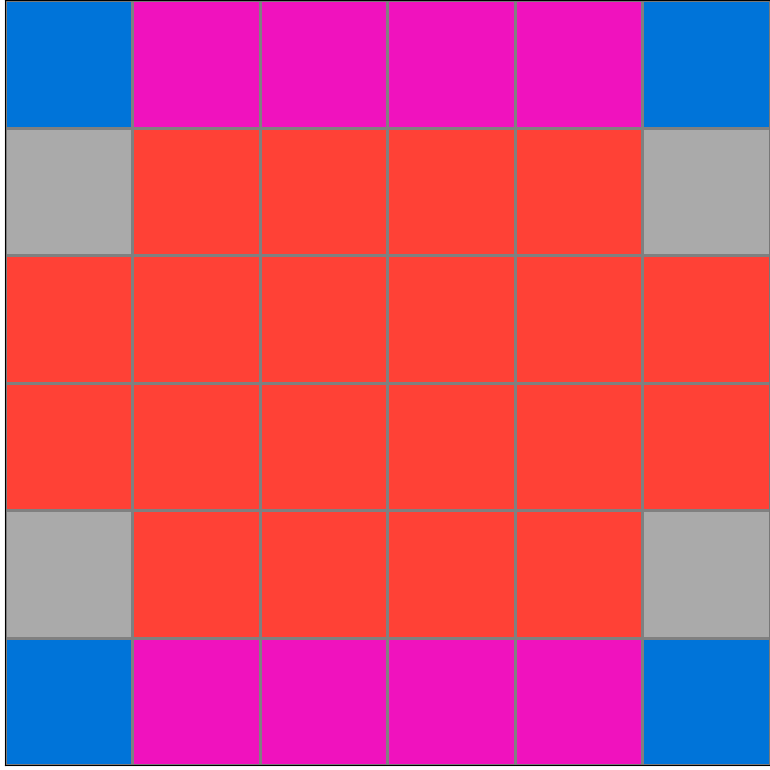
Participant 6
Initial description: input represented the top left corner. mirror for bottom left corner, but flip vertically. mirror for top right corner, but flip horizontally. mirror for bottom right corner, but flip both vertically and horizontally.
Final description: input represented the top left corner. mirror for bottom left corner, but flip vertically. mirror for top right corner, but flip horizontally. mirror for bottom right corner, but flip both vertically and horizontally.
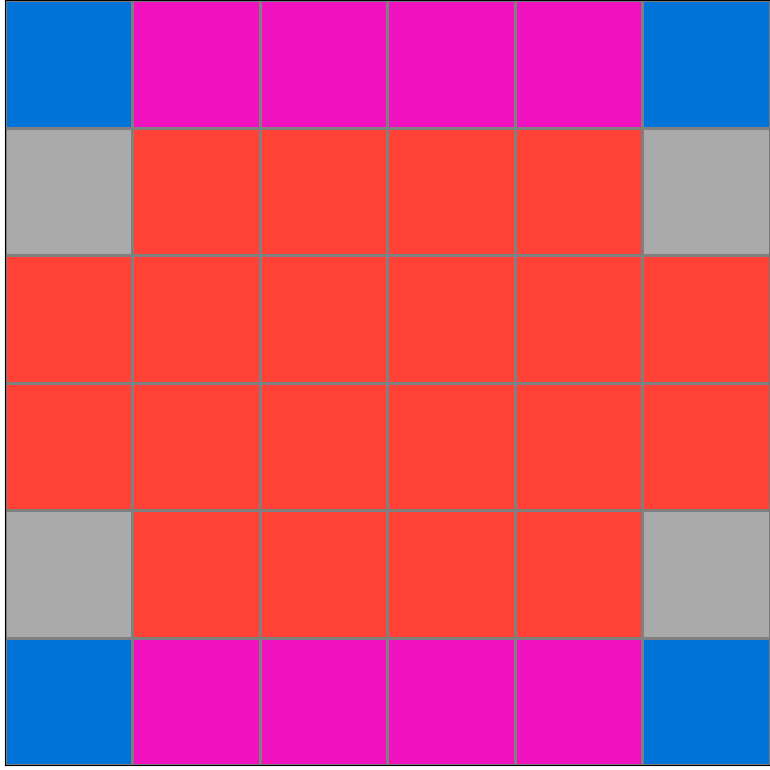
Participant 7
Initial description: I mirrored the test input horizontally and vertically to make the output perfectly symmetrical on all sides.
Final description: I mirrored the test input horizontally and vertically to make the output perfectly symmetrical on all sides.

Participant 8
Initial description: I tried replicating the examples
Final description: I doubled the number of colors of each box.
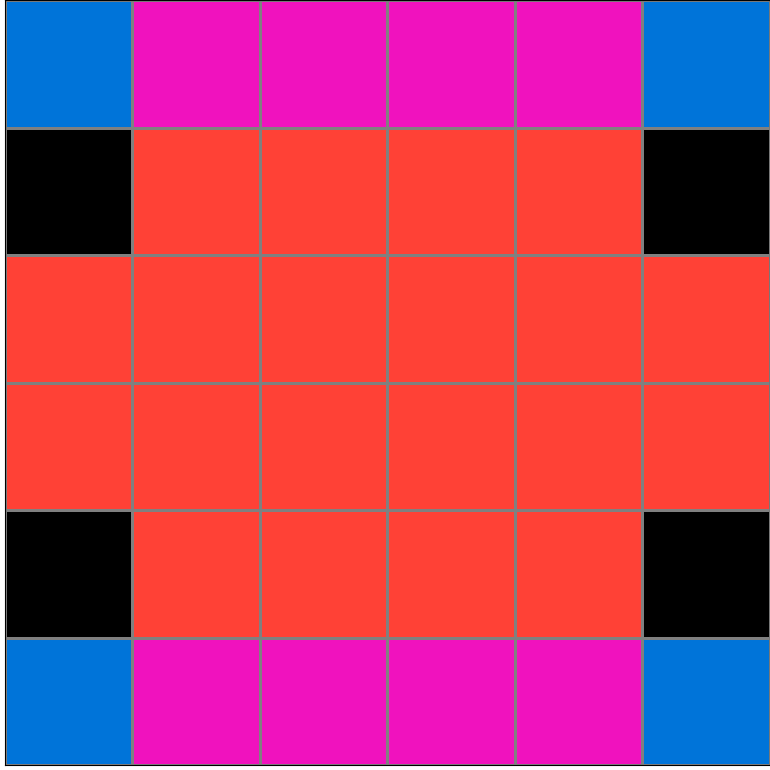

Participant 9
Initial description: ?
Final description: I don't know.
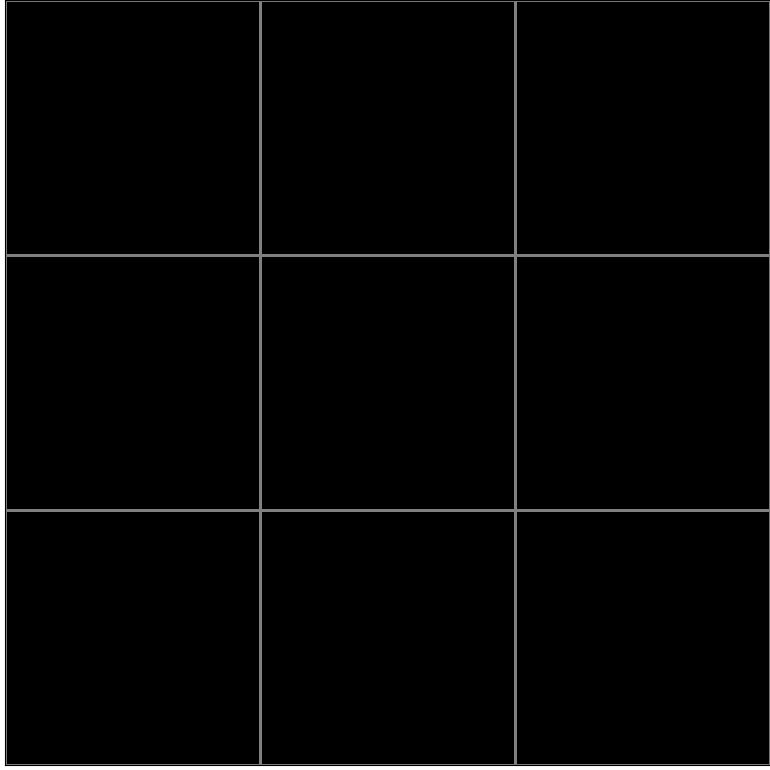
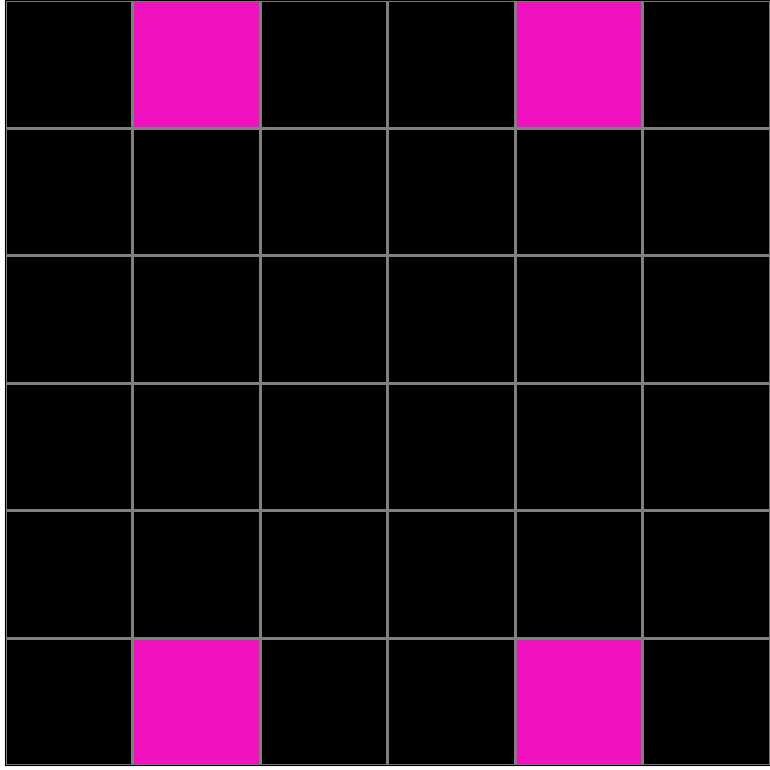
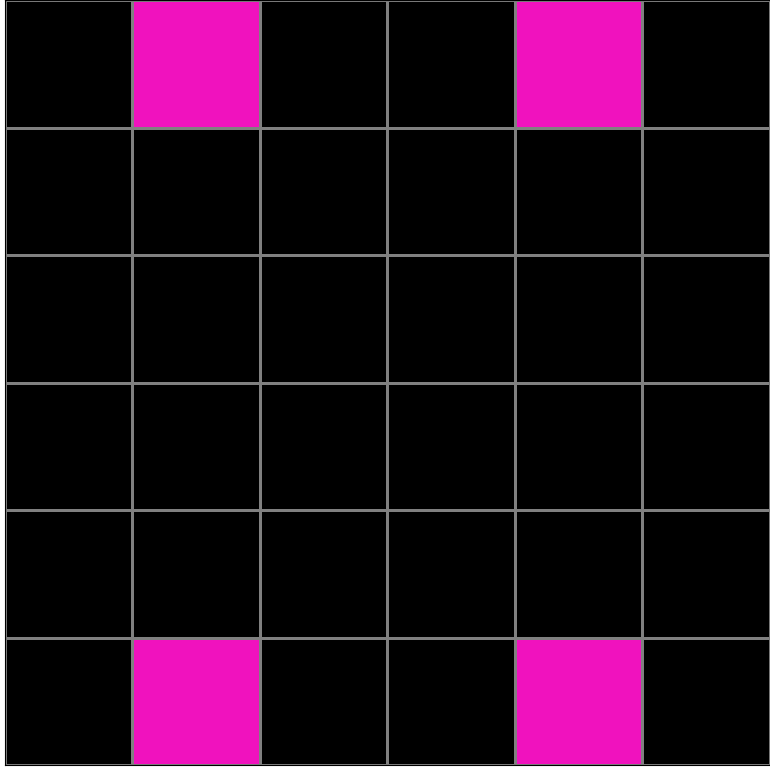
Participant 10
Initial description: The output had twice as many squares as the input so I increased the grid. I then mirrored (in reverse) the pattern from the input to the new spaces on the right for the top three lines. On the bottom half of the grid, I mirrored the entire top three lines (in reverse).
Final description: The output had twice as many squares as the input so I increased the grid. I then mirrored (in reverse) the pattern from the input to the new spaces on the right for the top three lines. On the bottom half of the grid, I mirrored the entire top three lines (in reverse).
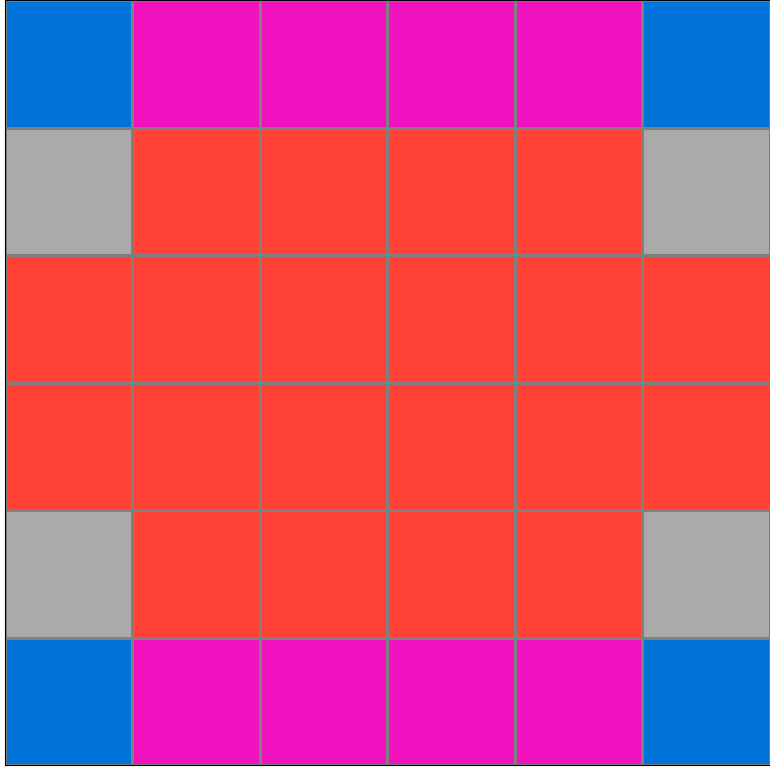
Participant 11
Initial description: Double the size of the grid. Keep the original square grid in the upper left section of the new grid. In the 3 new square grids formed, create a mirror image of the original grid vertically, horizontally, and diagonally.
Final description: Double the size of the grid. Keep the original square grid in the upper left section of the new grid. In the 3 new square grids formed, create a mirror image of the original grid vertically, horizontally, and diagonally.
